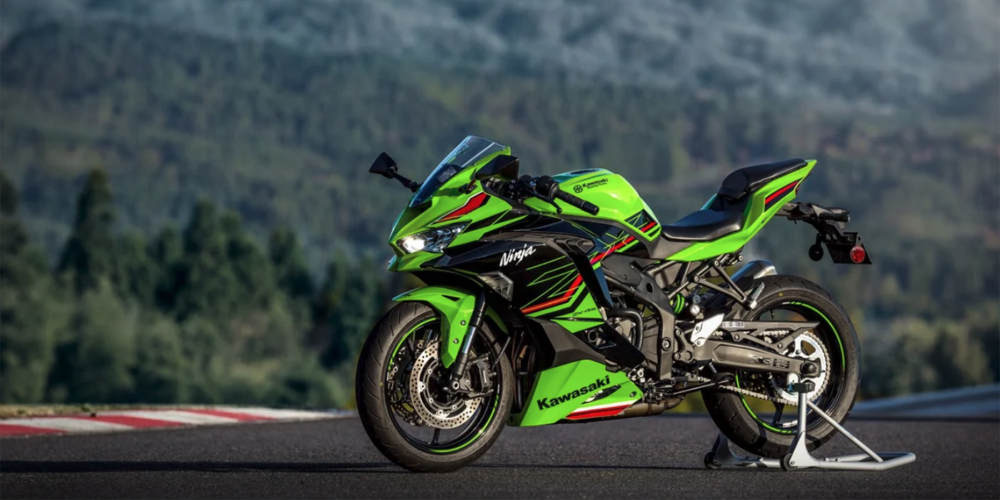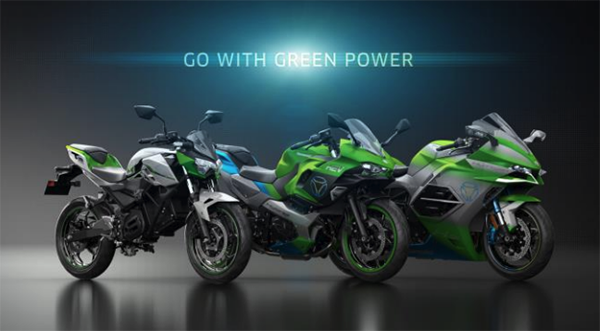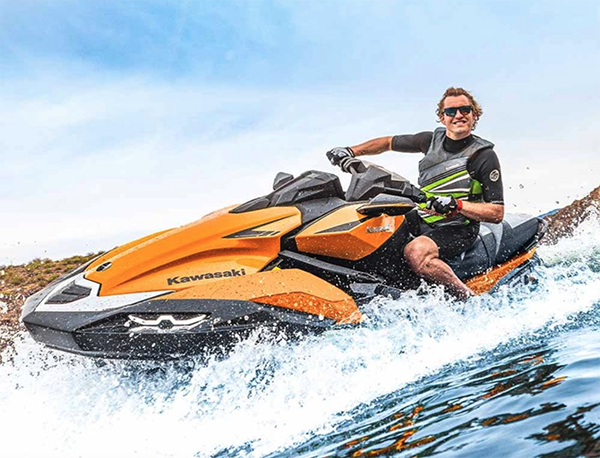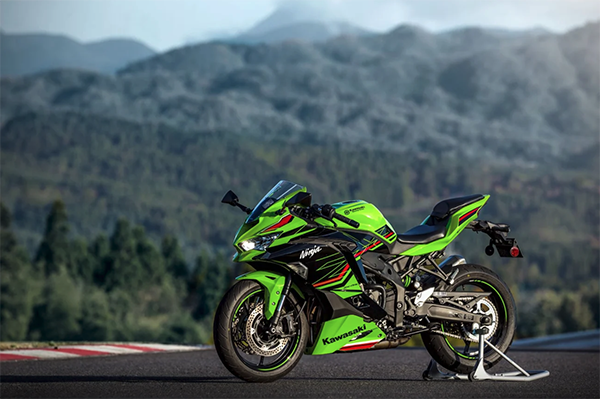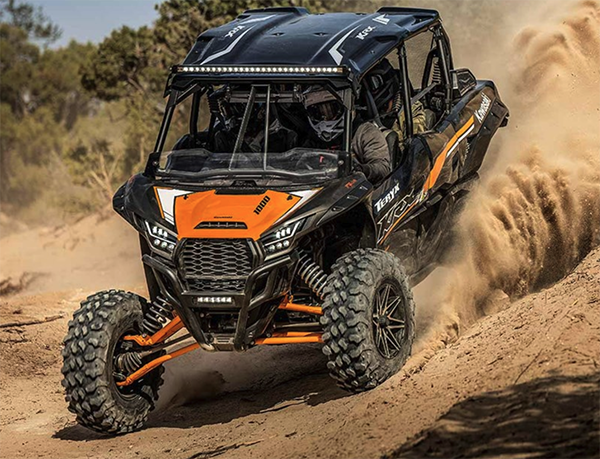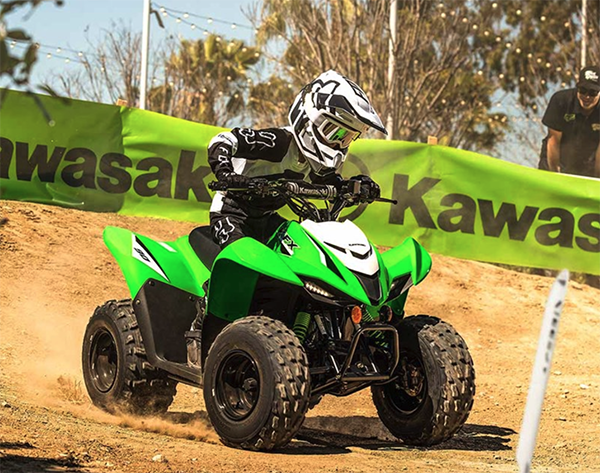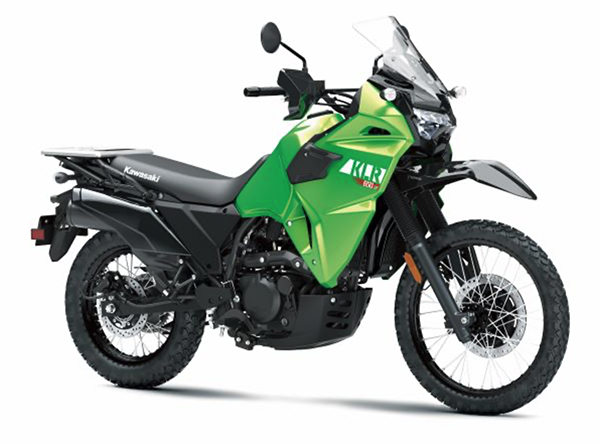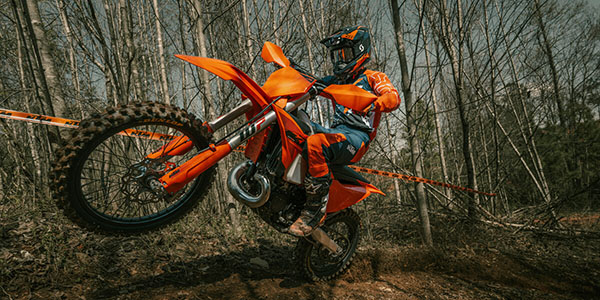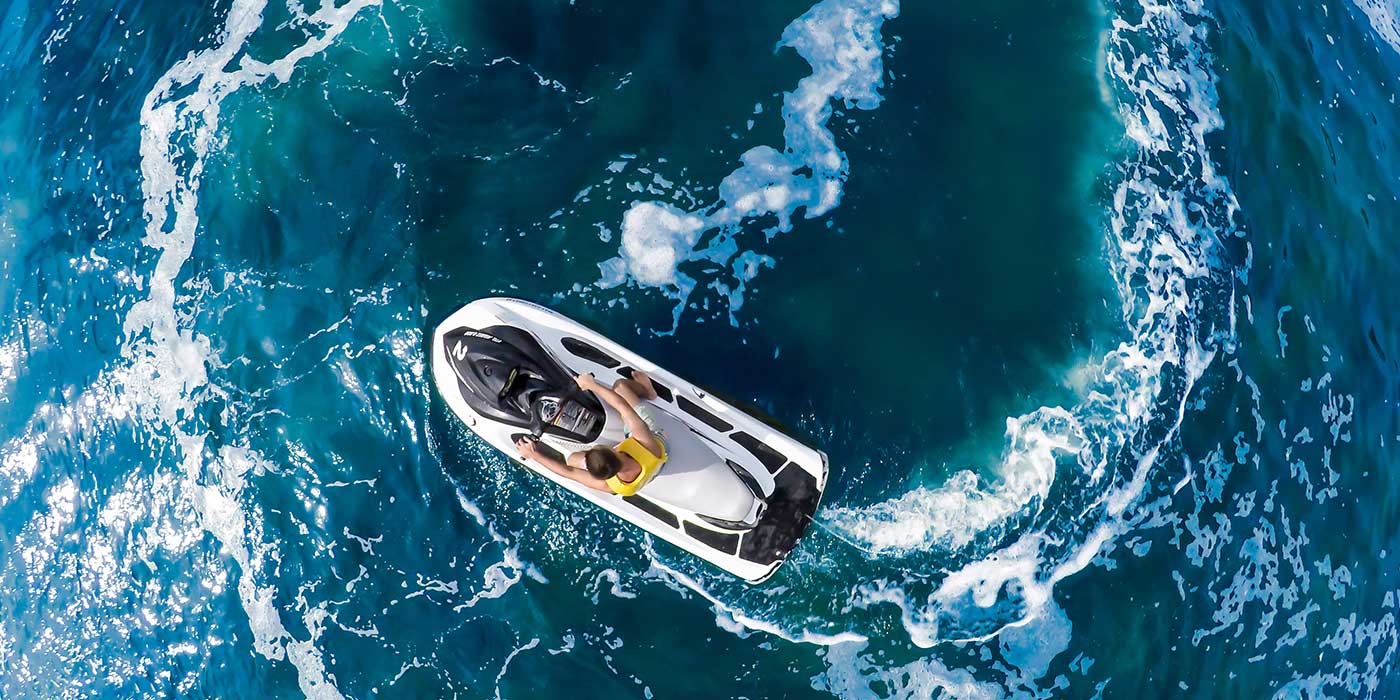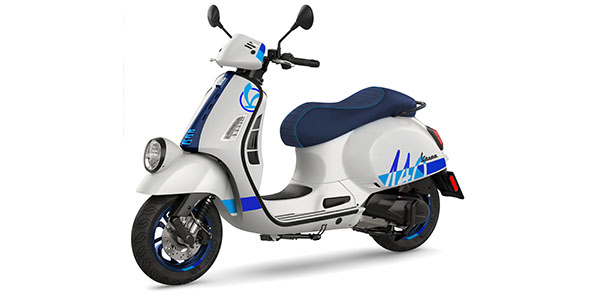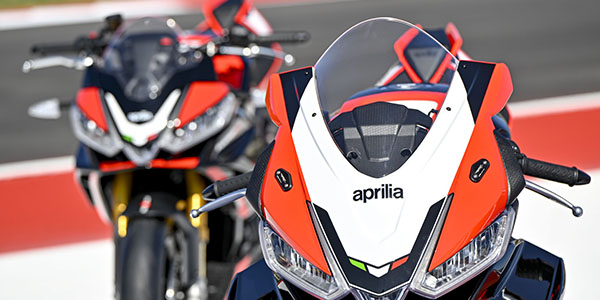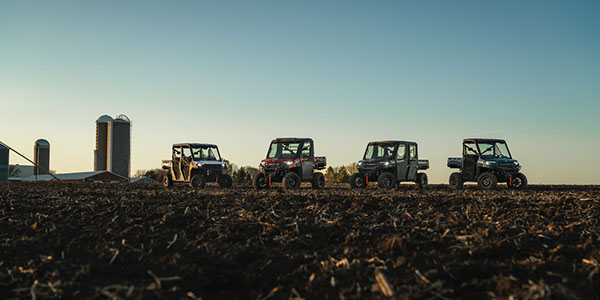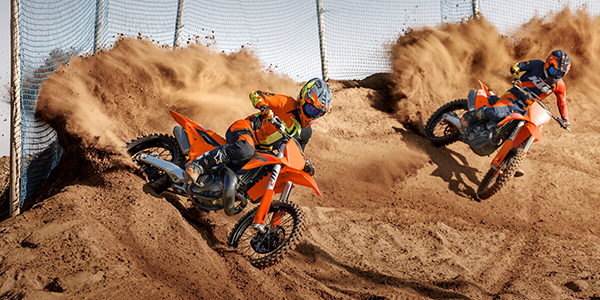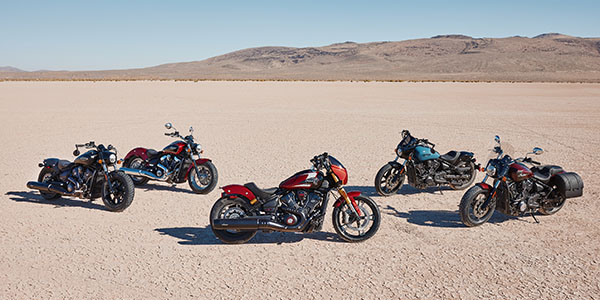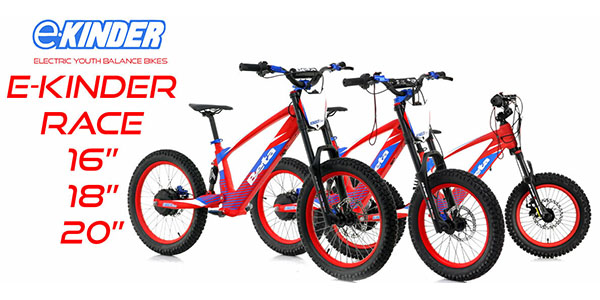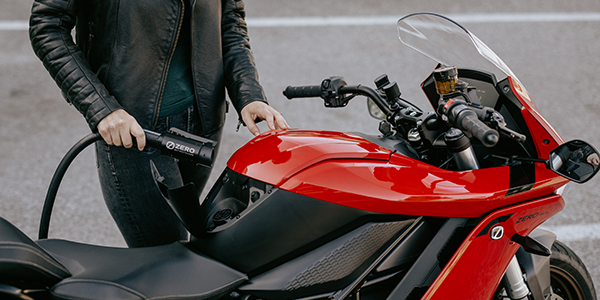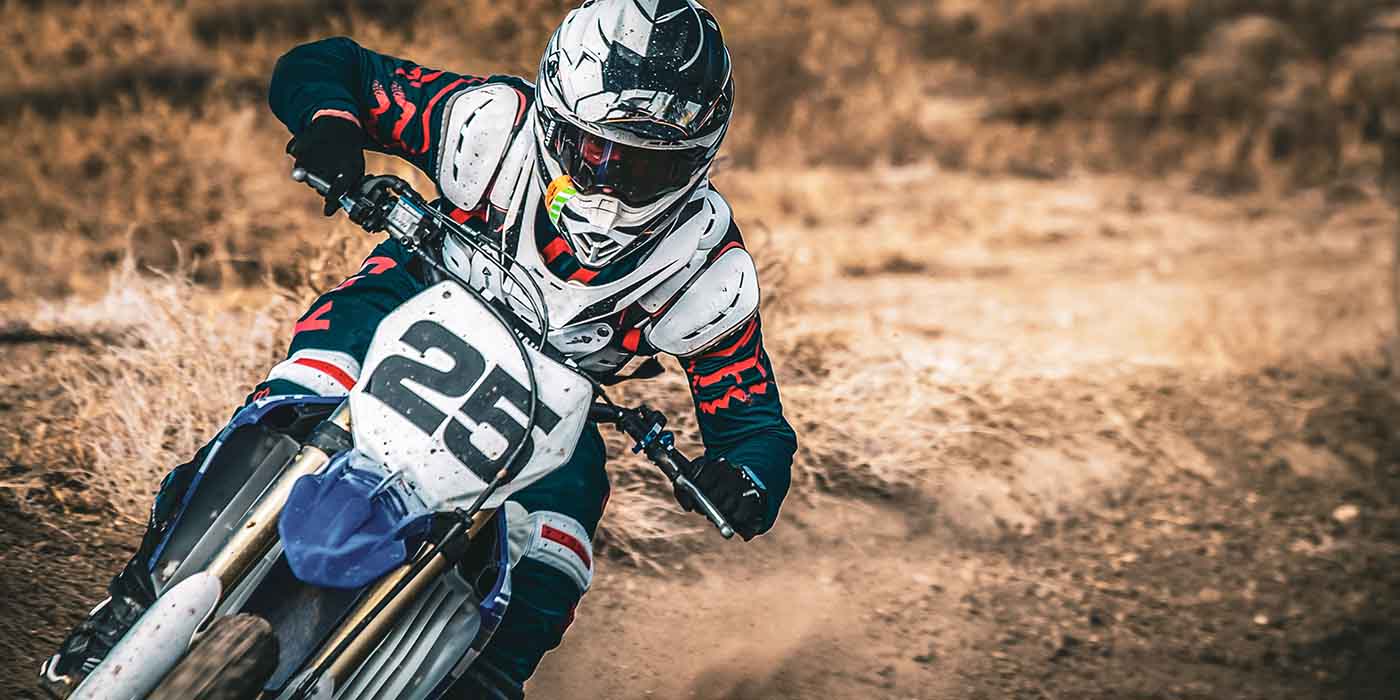Kawasaki has been a presence in the American motorcycle market for over 50 years. Early on, the company’s offerings gained a reputation for speed and power, which Kawasaki has maintained to present day. Now, the company is exploring alternative fuel offerings while continuing to manufacture its iconic sport bikes and motocrossers with internal combustion engines. The first electric motorcycles may appear this year though. The company also has a new slogan — “Go with Green Power” — emphasizing that while Kawasaki may be going green, its offerings are not going any slower.
The Motorcycle & Engine Co. is the sole division of Kawasaki Heavy Industries, Ltd. that provides products directly to general consumers. This Japan-based multinational was founded in the 19th century as a shipyard and now builds ships, railroad cars, industrial robots and gas turbines. Motorcycle production started through Kawasaki’s partnership with Meguro, one of the first Japanese motorcycle companies. When Meguro ran into difficulties in the early ‘60s, Kawasaki bought Meguro and started building motorcycles, branded with its own name. Exports to the U.S. commenced in 1966, when Kawasaki USA opened its first office and warehouse in Chicago.
The first products specifically for the American market, small but powerful two-strokes, appeared that year. Involvement in racing stoked consumer attention and interest. The company name caught on in the U.S. market when Kawasaki announced the H1 (Mach III) 500cc two-stroke in 1968. The H1 was followed by the 750cc H2 and then the Z1 in 1972, a 900cc traverse four-stroke that set the bar for power and speed.
The company invented the personal watercraft market in 1973 with the Jet Ski. Importing success led to the company opening an assembly facility in Lincoln, Nebraska, in 1974. This facility is still in operation, and many of the four-wheel products and personal watercraft sold by Kawasaki are assembled at the Lincoln plant.
Kawasaki motorcycles continued their reputation for speed and power through the ‘80s and ‘90s while acquiring a reputation for good handling. Iconic model names such as the Ninja, introduced in 1984, and the 1985 Vulcan cruiser, appeared at this time. Although the big street bikes steal much of the thunder, Kawasaki has long made well-regarded, off-road machines, including ATVs and dirt bikes, and more recently has become known for reliable and powerful dual sport and adventure machines, such as the KLR and KLX. The Mule line of commercial 4x4s has been very successful, and the Teryx, a hybrid recreational/utility 4×4, has acquired a devoted following.
Today, Kawasaki has nearly 1,100 dealers in all 50 states and offers products in five categories: street bikes, off-road motorcycles, ATVs, UTVs and personal watercraft. The headquarters relocated to Irvine, California, shortly after the formation of the U.S. subsidiary.
According to one source, the popularity of Kawasaki’s offerings have catapulted the company to No. 3 in U.S. sales of motorcycles in 2022. Recently, Kawasaki has hoisted the banner of carbon neutrality and is seeking ways to manufacture vehicles that both have zero emissions and produce the visceral power and speed that Kawasaki is known for. Logically, the company is starting small. New models unveiled at the EICMA show in Milan, Italy, included two different electric balance bikes for children — a great way to start youngsters off on two wheels.
Hiroshi Ito, the president of Kawasaki Motors Corp., appeared at the 2022 EICMA Motorcycle Show to unveil new and prototype models, both alternative fuel and internal combustion, while sharing more details of a company-wide vision focused on carbon neutrality. While underlining Kawasaki’s commitment to internal combustion engines, Ito stated that Kawasaki is heavily involved in research into future fuel types. Kawasaki has announced that it will have at least 10 electric models in production by 2025.
Good sales and backing from the parent company have allowed Kawasaki to commence green power research in several different directions. In development are two electric motorcycles, one faired and one unfaired, which should go on sale at some point this year. A unique offering, a hybrid gas/electric motorcycle, is in the research and development process, and prototypes are appearing at shows. The internal combustion portion of the powertrain will possibly be a parallel twin, with the electric motor mounted above the transmission. The hybrid makes electric power viable in areas where charging stations are few and far between, and the vehicle is slated to arrive at dealerships in 2024.
Also in development is a an experimental hydrogen-powered engine, which was shown at EICMA powering a Ninja H2 motorcycle and a Teryx side-by-side. Hydrogen fuel possibilities are being explored in tandem with Toyota and Yamaha. The plan is to sell hydrogen canisters that could be stored in a garage, obviating the current problems with hydrogen refueling infrastructure. Toyota is already marketing a hydrogen-fueled automobile, but the infrastructure problem is such that Toyota offers 21 days of free car rental to new car buyers.
The commitment to green power does not mean Kawasaki is giving up on internal combustion. In his EICMA speech, Ito emphasized the commitment of Kawasaki to internal combustion engines for the foreseeable future. Kawasaki plans to market about 30 internal combustion-engine motorcycles globally by 2025. About half of these are destined for the European market.
New this year for the U.S. are the Ninja H2-R, a highly competitive production racer; the Ninja H2 Carbon, a street legal version with carbon fiber bodywork; the KLX230, a dual sport machine designed to work well both on and off road; a new version of the KLR adventure bike, the KLR S; and traction control on the Ninja 650.
Kawasaki’s best market is North America, and the company wants its U.S. dealers to succeed. In a speech at the 2023 AIME show in Las Vegas, Bill Jenkins, senior vice president of sales and operations of Kawasaki Motors Corp., U.S.A., pointed out that with supply chain issues eased and many people who wanted a motorcycle during the pandemic now on two wheels, paying attention to the customer is extremely important.
“I think for me the message is that we have to really embrace what we did prior to 2020, and that’s making sure the customer is special,” Jenkins says. “We know, and you know, that during COVID, supply was very limited and you could say ‘take it or leave it.’ Those times are changing quickly. We are back into pre-COVID times now, so you need to prepare yourself and your staff to readjust to that climate.”
In its communications, Kawasaki’s message is that it will continue to provide products and services that meet the needs of its customers and society by harnessing advances in current vehicle technology and via new, environmentally friendly products that are carbon neutral, but also fast.

